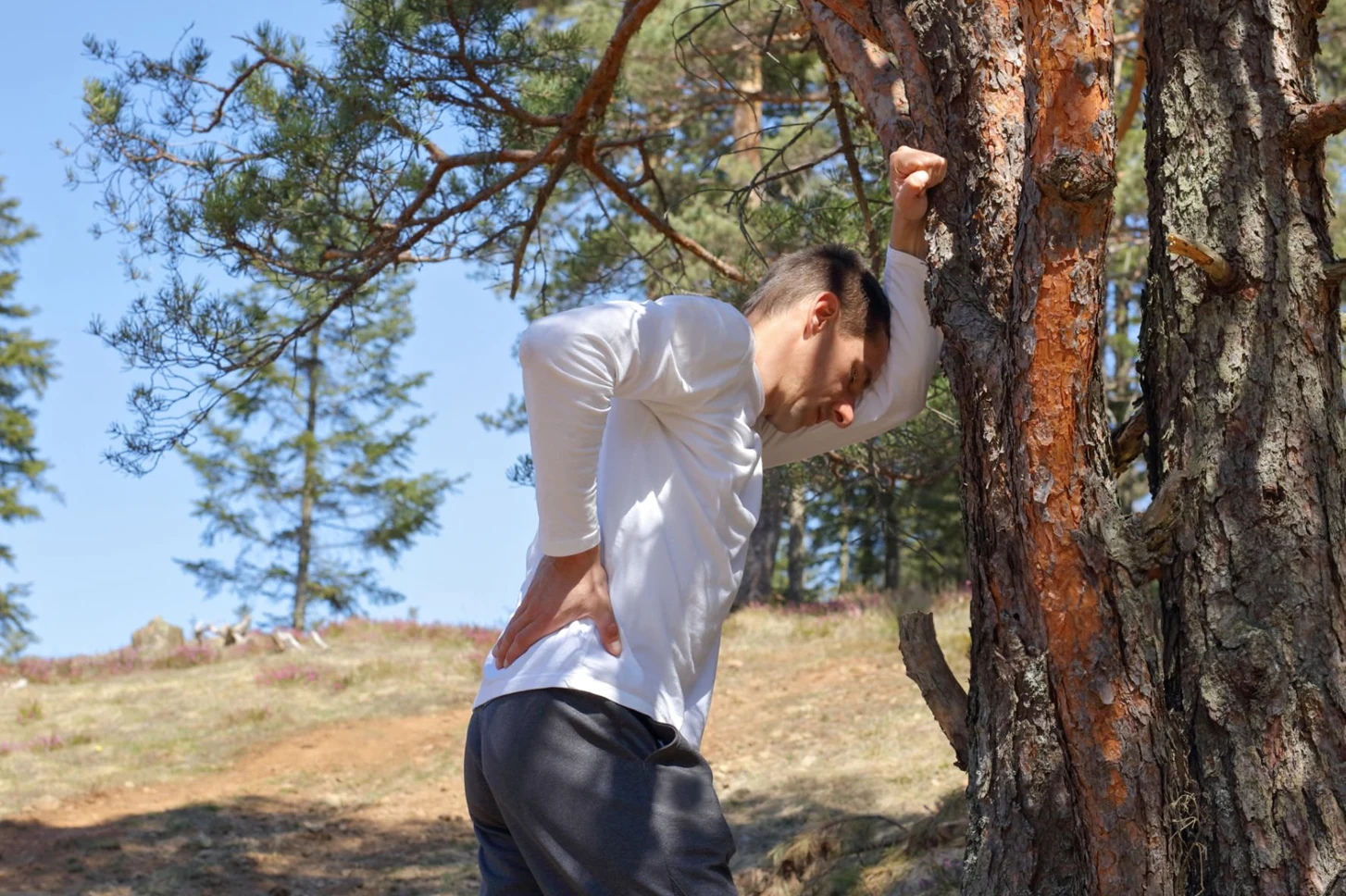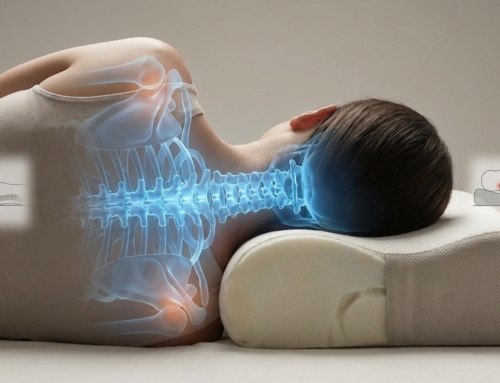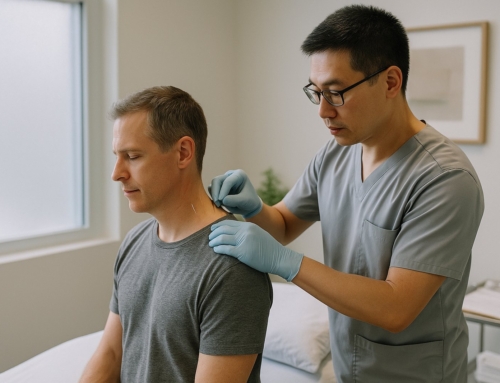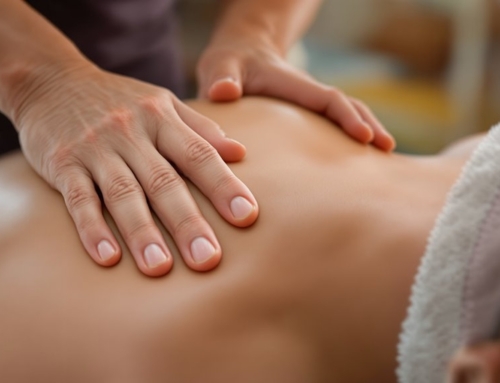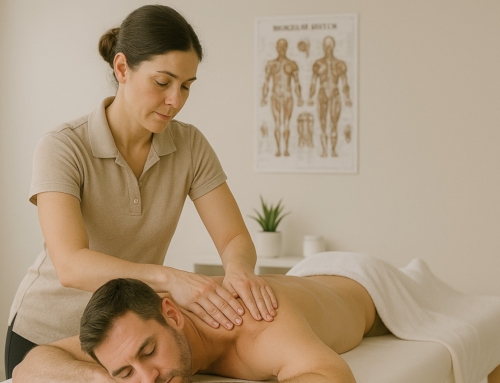Hiking and Walking Back Pain Advice From Your Chiropractor
Here at Clayton Heights Chiropractic, we often see patients struggling with back pain from hiking and walking. We’d like to share some practical advice to help you prevent and manage discomfort on the trails. Proper backpack selection is crucial for your comfort. We recommend looking for packs with padded straps and strong hip belts.
Whether heading to the Westcoast Trail or up on the Grouse Grind, stretching before and after your trek is important to keep your muscles limber. Many of our patients find hiking poles helpful for improving balance and easing pressure on joints. We also emphasize the importance of nutrition and hydration. A balanced diet rich in anti-inflammatory foods, paired with proper hydration, supports spine health during your outdoor adventures.
Building a strong core through targeted exercises is another key strategy we recommend to protect against injuries. Of course, regular chiropractic visits play a vital role in maintaining overall spine wellness. We’re here to support you in enjoying your hikes pain-free.
Proper Backpack Selection and Fitting
The right backpack can make a significant difference for hikers. We advise looking for packs made from durable, lightweight materials that suit your body shape. Even weight distribution is crucial, so we emphasize quality.
When fitting a backpack, follow these steps:
- Measure from the base of your neck to your hip bones
- Position the hip belt comfortably on your hips
- Adjust shoulder straps to lie flat against your body
- Use side straps for fine-tuning the fit
Stretching Techniques for Hikers
We can’t stress enough the importance of stretching for preventing back pain while hiking. We recommend incorporating dynamic stretches and flexibility exercises into your routine. Here’s a simple stretching plan we often suggest to our patients:
| Before the Trail | On the Path | After Your Hike |
|---|---|---|
| Light lunges | Calf looseners | Backbends |
| Gentle squats | Hamstring reaches | Glute releases |
| Ankle rolls | Quad stretches | Hip openers |
Benefits of Using Trekking Poles
We frequently recommend trekking poles to patients who enjoy hiking. These tools offer numerous benefits for spine health and overall stability. They help maintain balance on uneven terrain, reduce strain on joints, and promote good posture – all crucial factors in preventing back pain.
For patients with joint issues or mobility concerns, trekking poles can be particularly beneficial. We’ve observed that hikers who use poles often report less muscle fatigue and discomfort after their treks. When used correctly, trekking poles engage core muscles and enhance stability, which can significantly reduce the risk of back injuries on the trail.
Nutrition and Hydration Strategies
Proper nutrition and hydration are essential for maintaining a healthy spine, especially during physical activities that might be tough on joints. To help reduce discomfort, we advise focusing on an anti-inflammatory diet rich in omega-3 fatty acids. Staying well-hydrated is crucial for spinal disc health, so we recommend aiming for 8-10 glasses of water daily.
Here’s a quick guide for planning trail nutrition:
| Nutrient | Benefits | Food Sources |
|---|---|---|
| Omega-3s | Lower inflammation | Salmon, nuts |
| Antioxidants | Fight oxidative stress | Berries, leafy greens |
| Water | Support spinal disc health | 8-10 glasses daily |
| Anti-inflammatory spices | Help with pain relief | Turmeric, ginger |
Core Strength, Recovery Tips and Chiropractic Care
Core strength is important for both hiking performance and back pain prevention. We guide our patients through exercises that target key muscle groups like the upper back, glutes, and lower back. These exercises help improve posture and stability on the trails.
After a hike, proper recovery is crucial. We advise gentle stretching techniques, hydration strategies, and nutritional support to aid muscle repair. Regular chiropractic care can also play a significant role in maintaining spine health and reducing the risk of hiking-related injuries.
Core Exercises for Hikers
We often recommend the following core-strengthening exercises:
- Planks (including forearm and side variations)
- Dead bugs
- Bicycle crunches
- Mountain climbers
- Flutter kicks
- Tabletop exercises
- Leg lifts
Remember, consistency is key. We advise gradually increasing the difficulty of these exercises as your strength improves.
Post-Hike Recovery Techniques
We emphasize the importance of post-hike recovery. We recommend:
- Gentle stretching
- Foam rolling
- Light activities like swimming or yoga
- Massage therapy
- Adequate rest between hikes
We offer personalized advice on recovery techniques and can provide chiropractic adjustments to help maintain proper spine alignment after your hiking adventures.
Frequently Asked Questions
Is It Good to Walk After a Chiropractic Adjustment?
We often recommend a short walk after an adjustment. It can help reinforce the benefits of the treatment. However, we customize this advice to each patient’s specific condition and the type of adjustment performed, also taking age into account.
Is It Okay to Hike With Lower Back Pain?
While we generally advise against hiking with significant lower back pain, we understand the desire to stay active. If you choose to hike, we recommend taking precautions such as choosing easier trails, maintaining good posture, and using supportive gear. Always listen to your body and stop if pain worsens.
Can a Chiropractor Help With Walking?
Absolutely! We focus on improving foot mechanics, analyzing gait, and ensuring proper spine alignment. These factors all contribute to more comfortable and efficient walking. We can provide specific treatments and exercises to address any issues affecting your walking.
What Helps Back Pain After Chiropractic Adjustment?
After an adjustment, we typically recommend:
- Light stretching
- Gentle yoga poses
- Applying heat or ice as appropriate
- Using a foam roller
We provide personalized guidance on post-adjustment care to each of our patients to ensure optimal recovery and comfort.
For more information on how chiropractic care can benefit athletes, check out our article on Chiropractic Care for Athletes – How It Can Improve Performance and Recovery. If you’re interested in learning about other natural pain management techniques, you might find our post on How Traditional Chinese Medicine Approaches Chronic Pain Management helpful.

